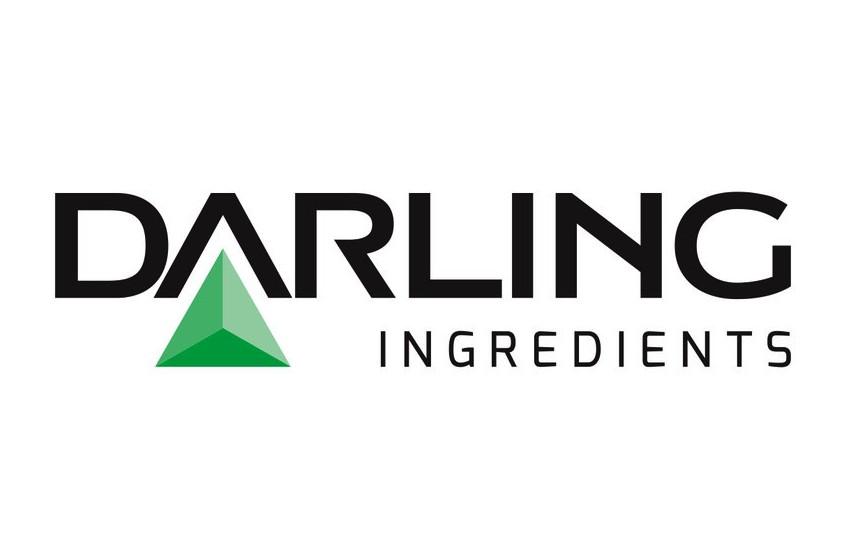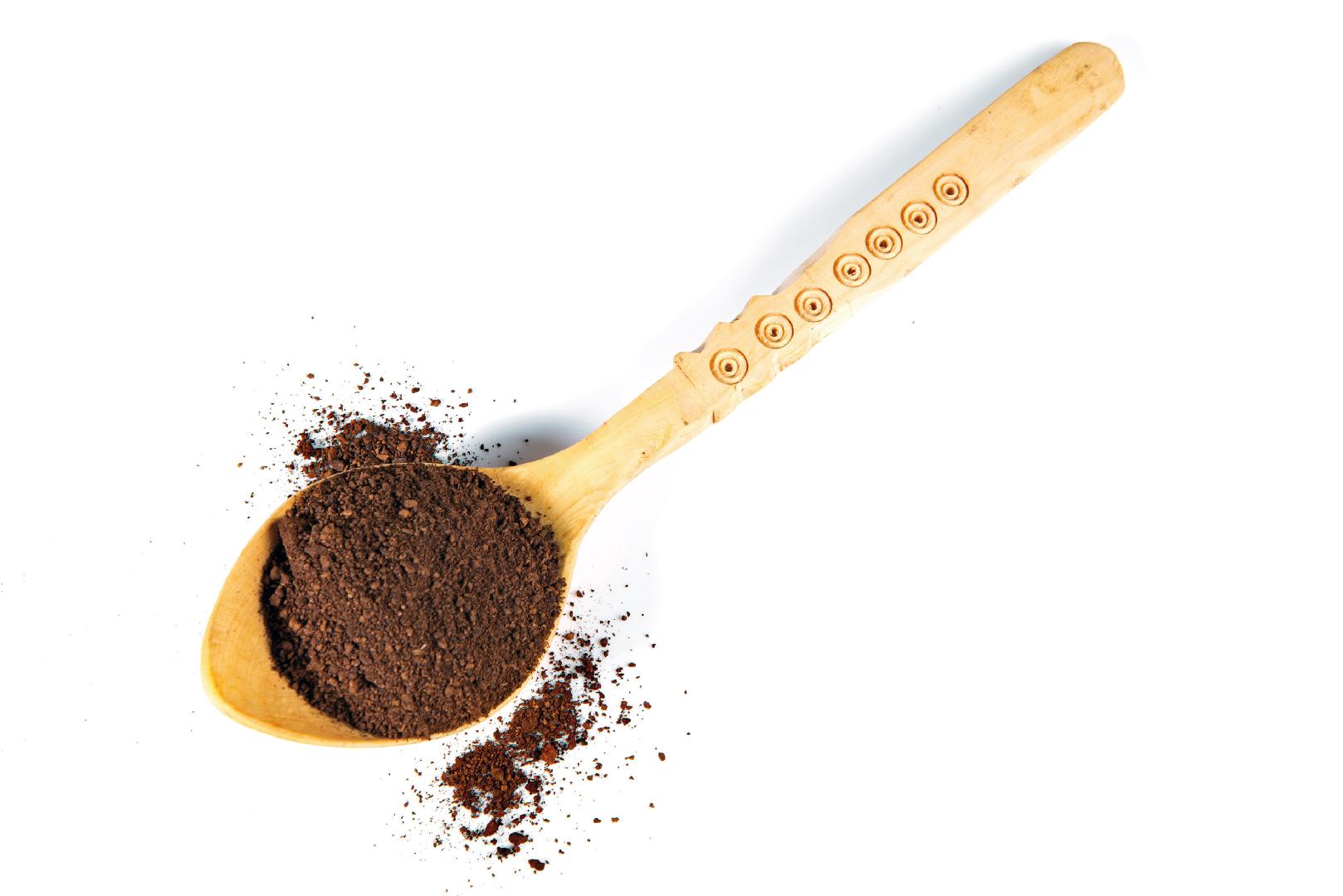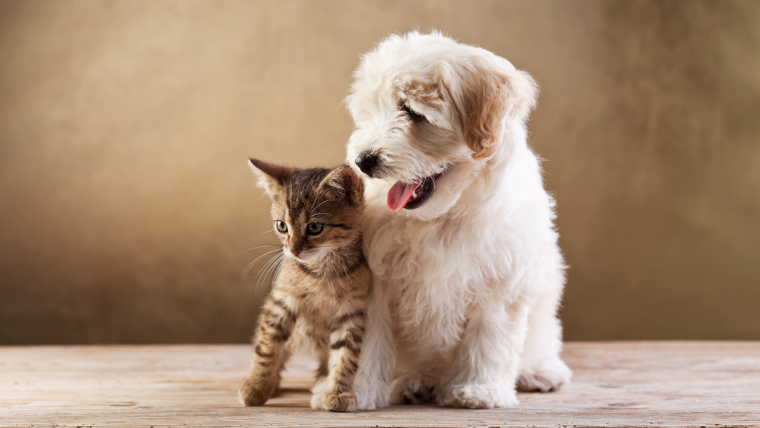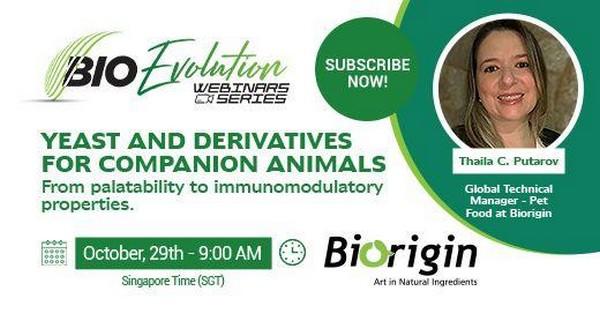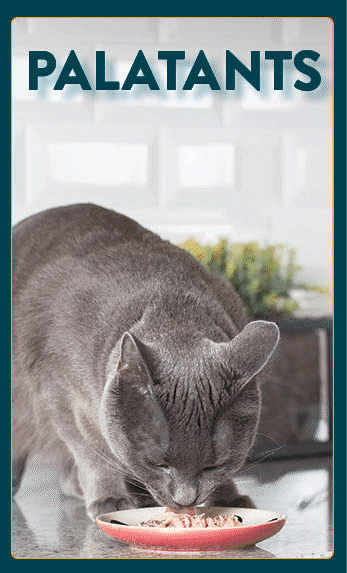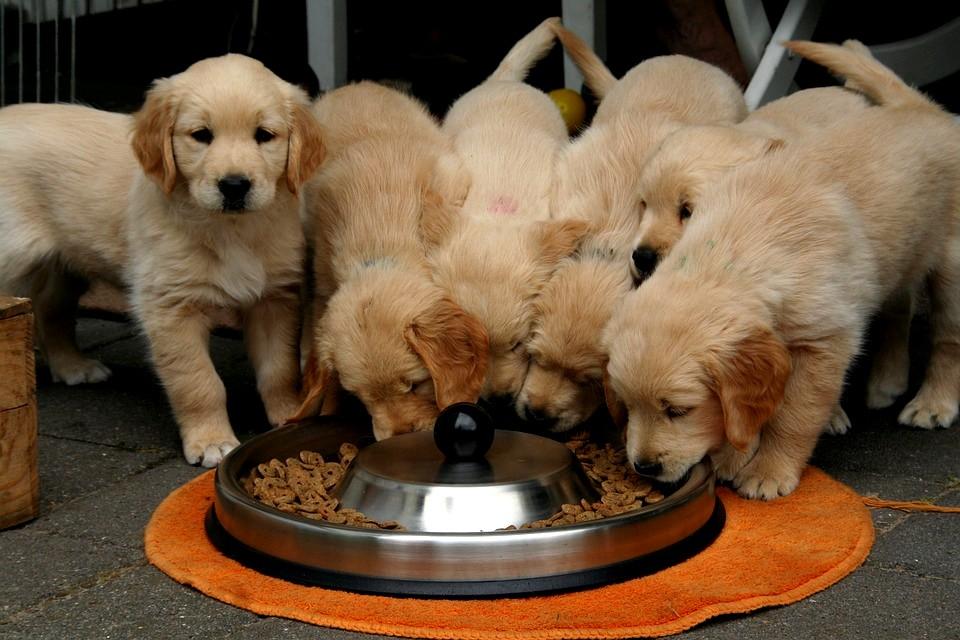
Minerals
3 minutes of reading
14/06/2023
What Nutrients are Essential for My Pet?
Here's a breakdown of all the essential nutrients according to the Association of American Feed Control Officials (AAFCO) that are required for foods to be called complete and balanced for adult and growing cats and dogs. Included are also links to othe...











